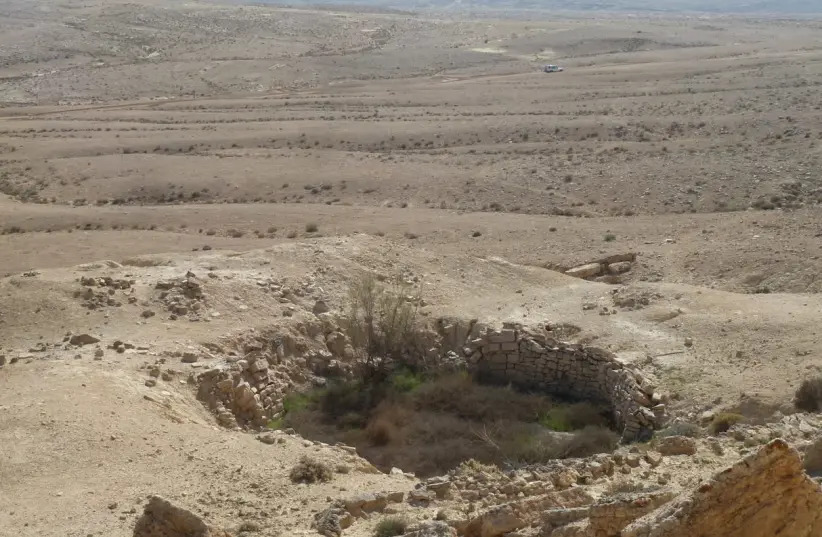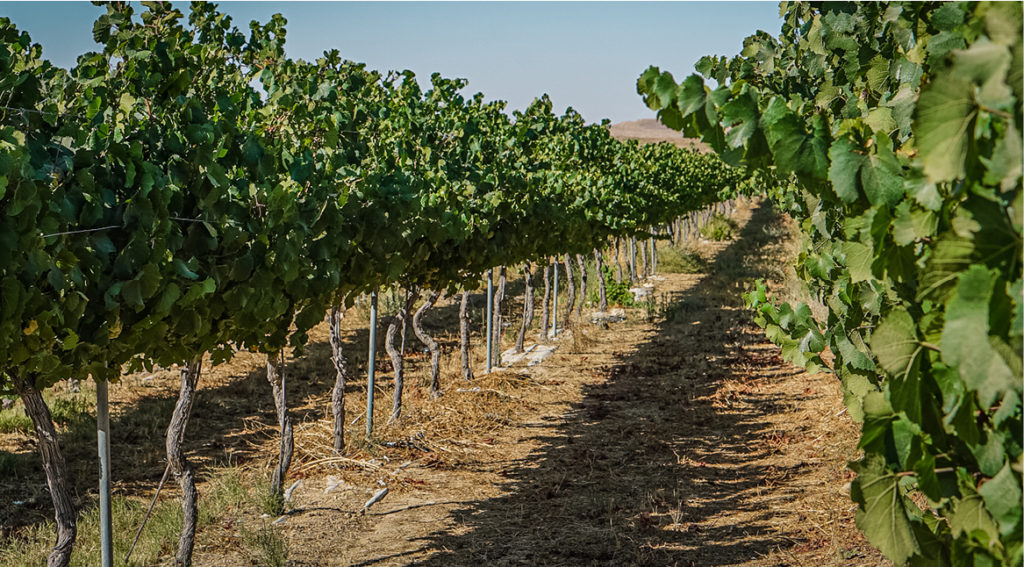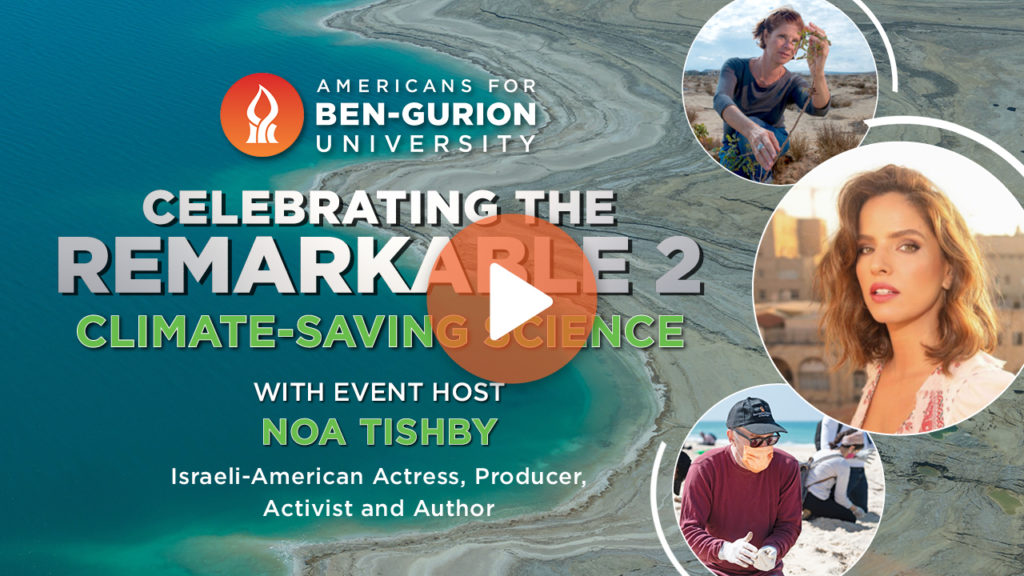
Negev Cisterns May Date Back to the Time of Abraham
Negev Cisterns May Date Back to the Time of Abraham
July 16, 2020
The Jerusalem Post — For many years, researchers have been puzzled by the question of how the Negev desert was home to settlements and communities in ancient times, in spite of its aridity.
New BGU research led by BGU graduate student Gabriel Ore, Prof. Emeritus Hendrik J. Bruins, and Prof. Issac Meir of BGU’s Unit of Desert Architecture and Urban Planning, Department of Structural Engineering, devotes attention to the ancient cisterns scattered around the highlands of the desert – its driest region – which might hold the key to understanding some of the secrets of human life in the area several thousand years ago.

An ancient water cistern in the Negev
Published in the Journal of Archaeological Science, the BGU research explains that some of the simplest structures might date back to the Bronze Age, which covered over two millennia between 3500 and 1200 BCE.
“In ancient times, the combination of a semi-desert or desert climate and the presence of natural water sources encouraged populations to settle in those areas, as we see in the cases of Egypt, Mesopotamia and the Jordan Valley. However, settlement sites in the heart of a region lacking water sources like the Negev, and especially its highlands, is very surprising,” Gabriel Ore explains.
“The question is, why develop methods of collecting runoff water in an environment with so few rain events in a year?” Ore asks. “Why did those ancient populations invest a lot of resources in quarrying and digging water cisterns in a sparse area without natural vegetation?”
BGU researchers analyzed different types of structures uncovered in the desert: open cisterns dug in soft clay marl and bell-shaped, small-bowl-shaped and roofed cisterns excavated in hard limestone or chalk.
No ceramic vessels were uncovered in the surroundings of the facilities, except sometimes items from a multitude of periods were found because the cisterns were used by other local groups including the Bedouin much later on.
Although the lack of pottery represented an obstacle in dating the cisterns, BGU researchers were still able to find a correlation between the type of rock out of which the cisterns were excavated and the type of metals that had to be used to do it.
The group identified a spatial connection between earlier sites and cisterns hewn in softer rocks, and later sites and cisterns hewn in harder rocks, with the former dating back to the Bronze Age and the latter to the Iron Age.
In the case of the open cisterns, the mystery on what motivated their creators goes even deeper.
“Evaporation from open cisterns in the desert climate is very fast. Why did they make the effort of quarrying cisterns if the water in them would last only for a very short period of time?” Ore wonders.
Ore suggests a hypothesis could be that the structures were not built in order to serve a settled population, but rather merchants and convoys traveling on an ancient trade route.
“The Negev Highlands are located exactly on a straight line connecting a very important copper mining area in the Bronze Age – Feinen in the Kingdom of Jordan southeast of the Dead Sea – and the centers of power of Pharaonic Egypt,” says Ore.




